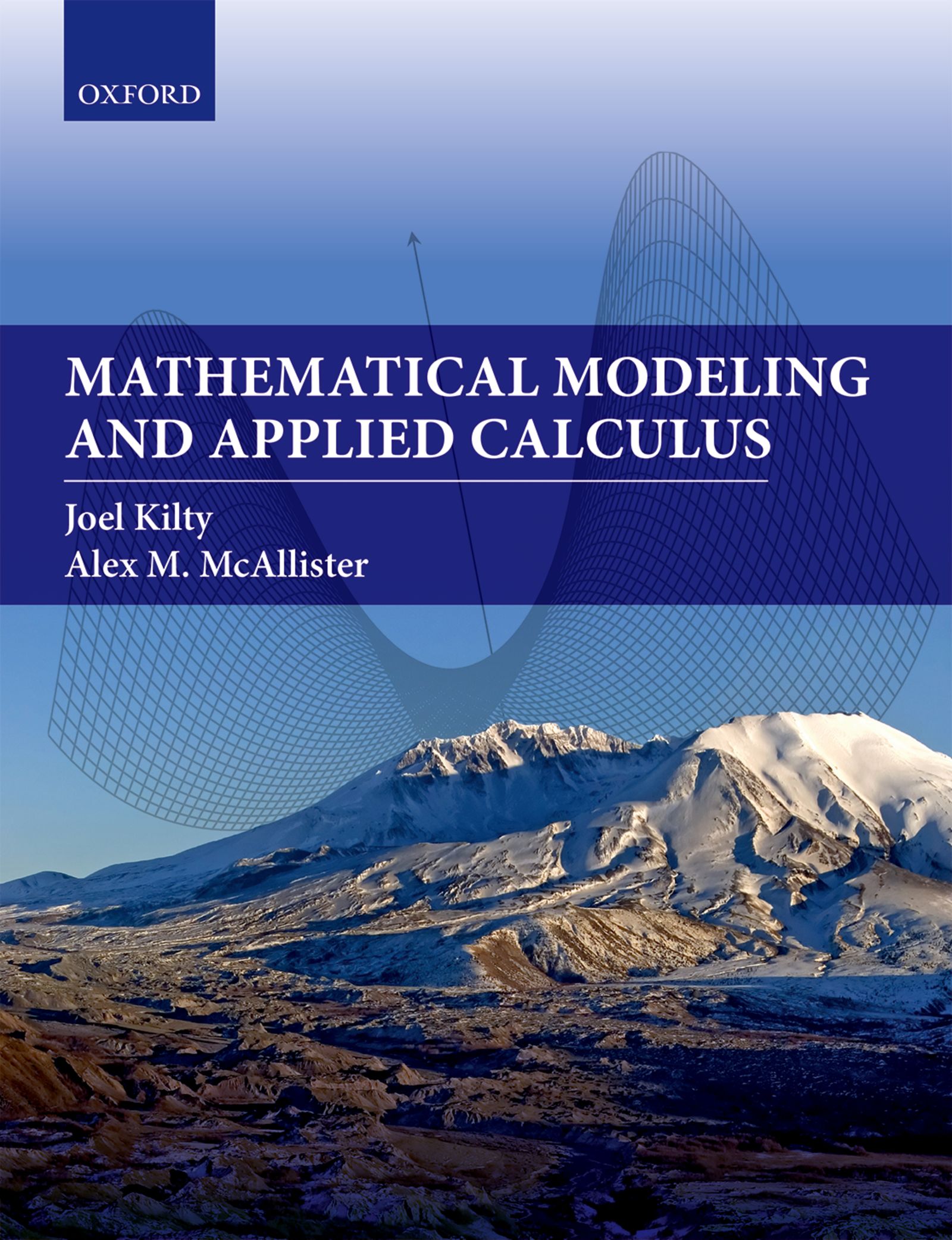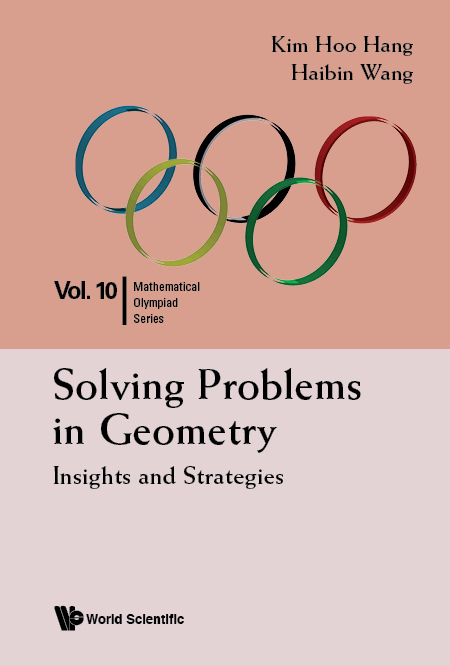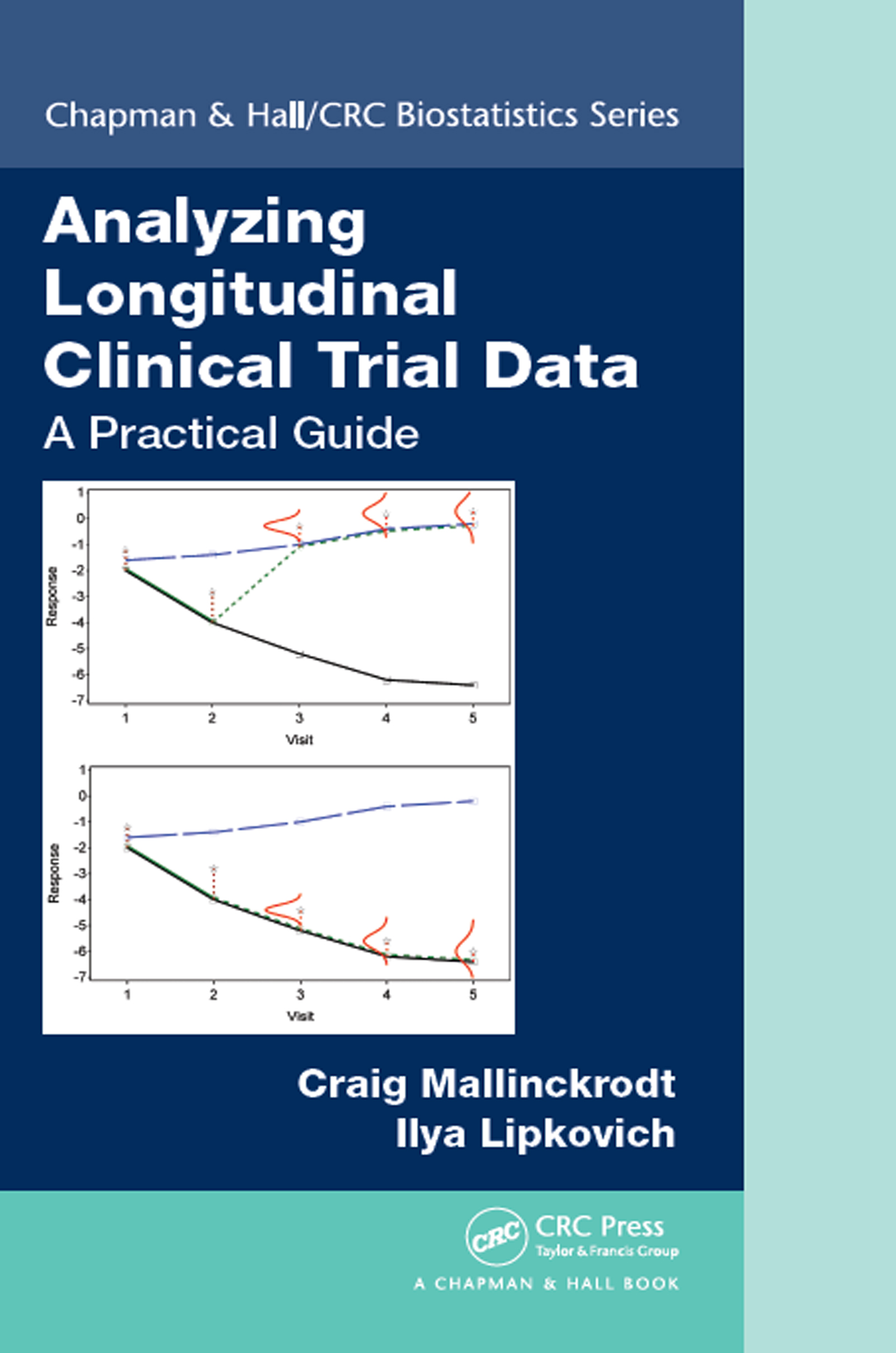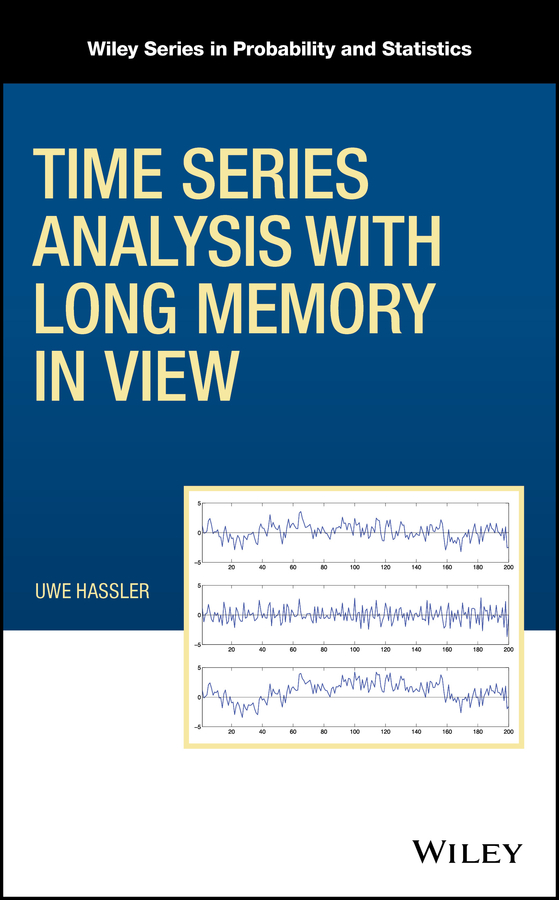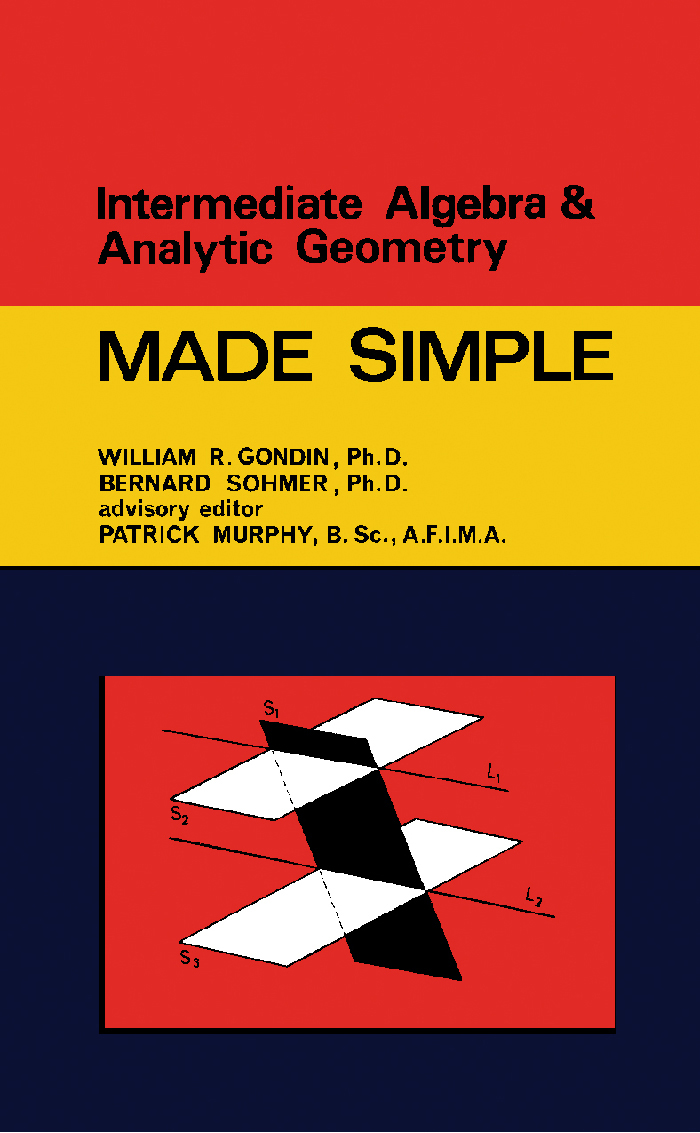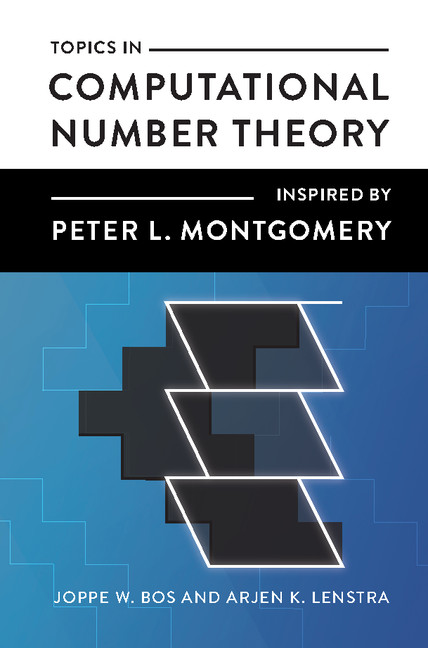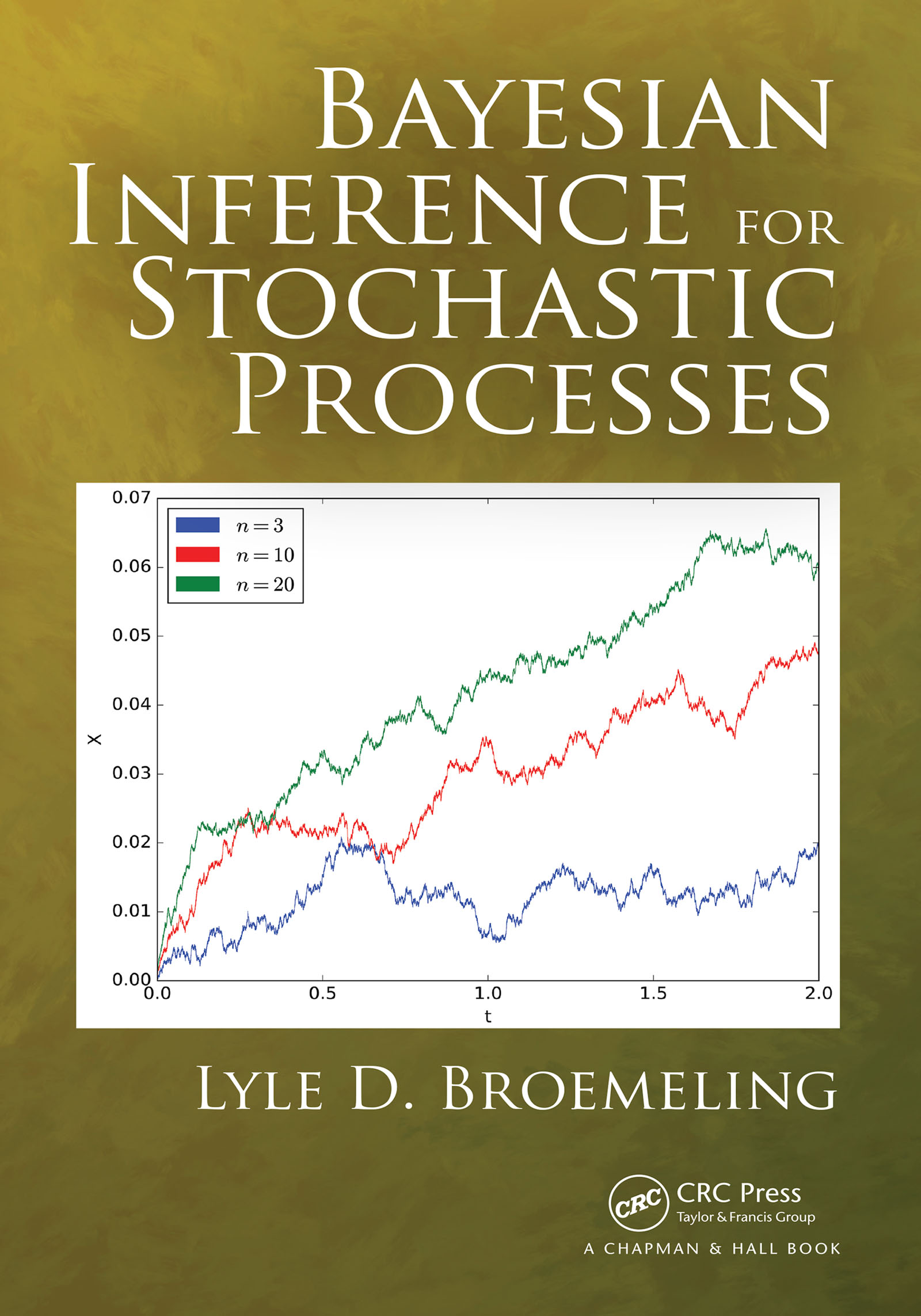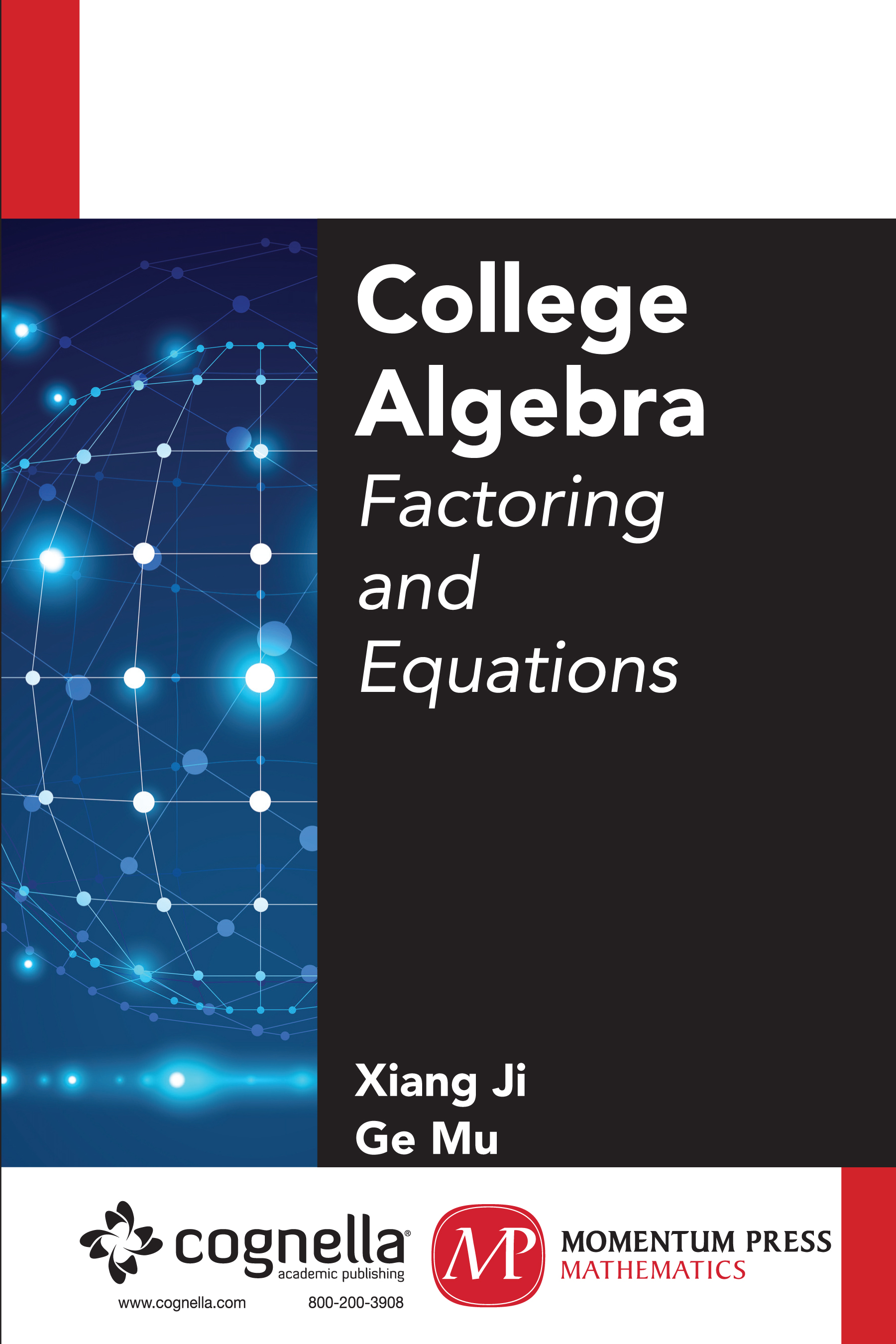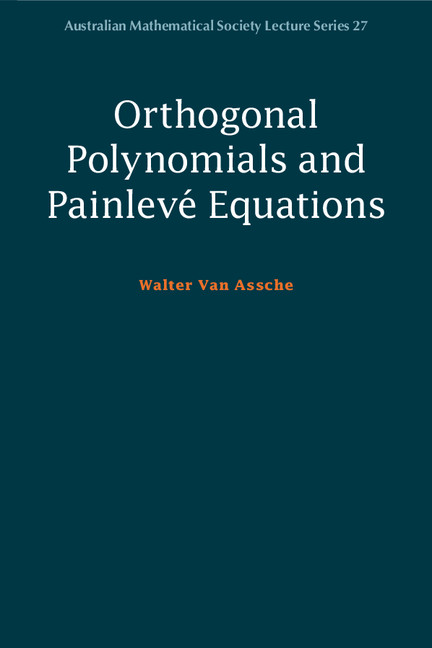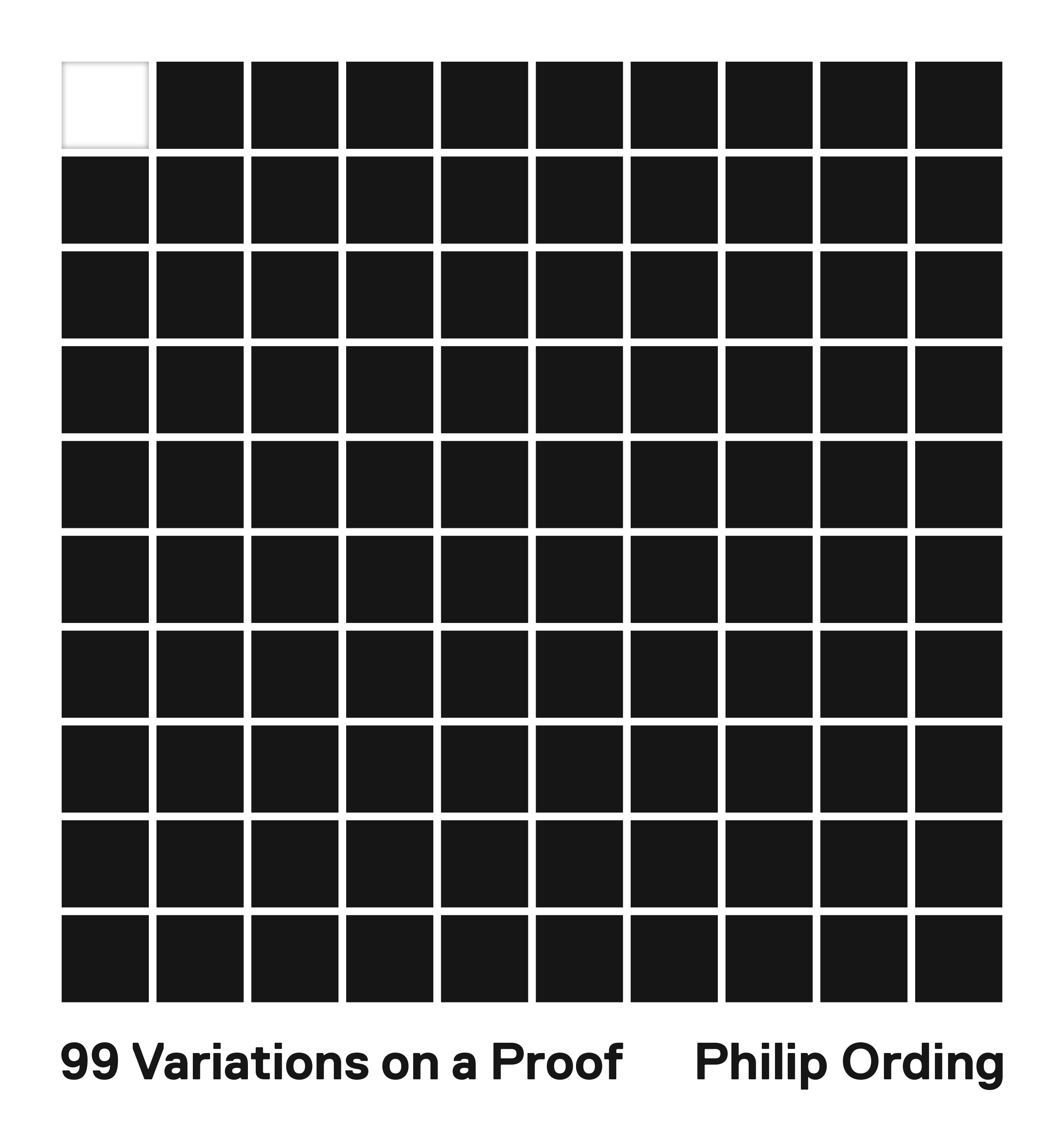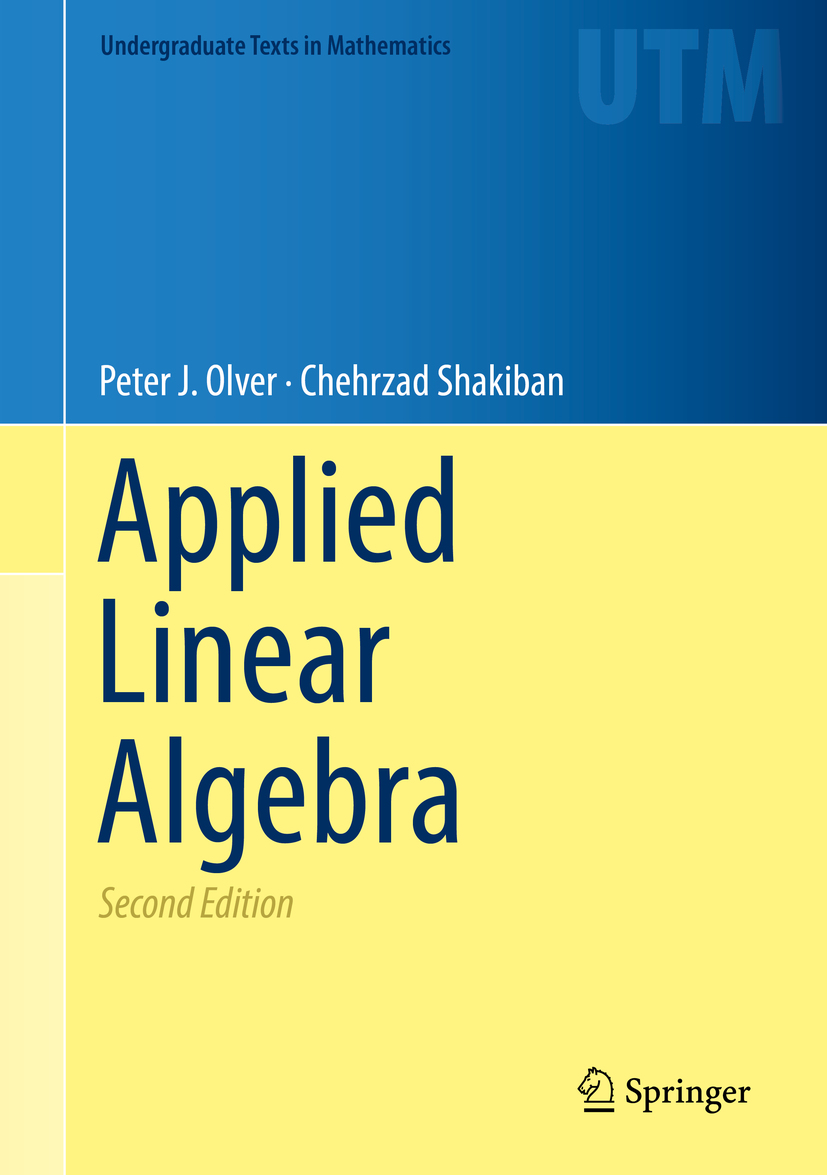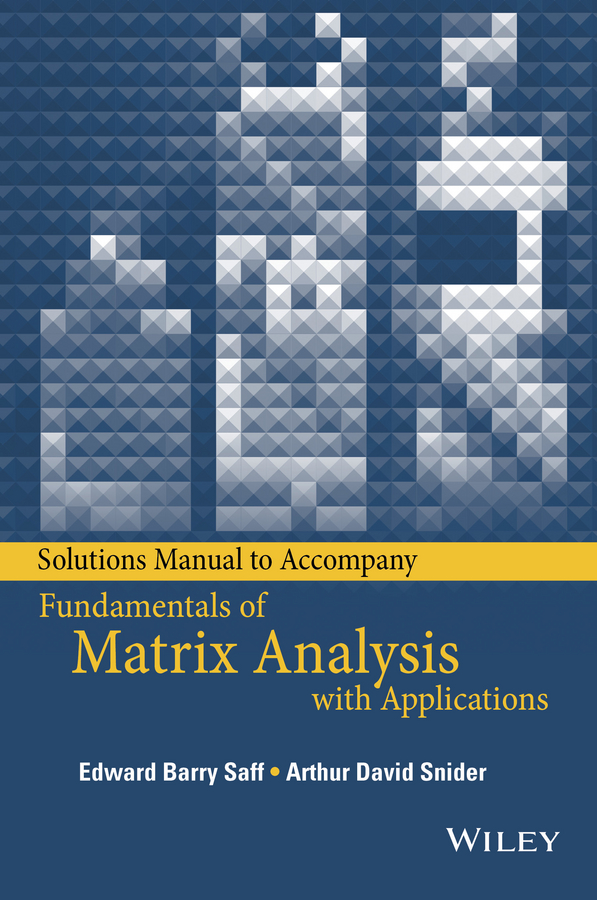Meromorphic Functions over Non-Archimedean Fields
by Pei-Chu Hu
2020-05-30 22:38:42
Meromorphic Functions over Non-Archimedean Fields
by Pei-Chu Hu
2020-05-30 22:38:42
Nevanlinna theory (or value distribution theory) in complex analysis is so beautiful that one would naturally be interested in determining how such a theory would look in the non Archimedean analysis and Diophantine approximations. Ther...
Read more
Nevanlinna theory (or value distribution theory) in complex analysis is so beautiful that one would naturally be interested in determining how such a theory would look in the non Archimedean analysis and Diophantine approximations. There are two "main theorems" and defect relations that occupy a central place in N evanlinna theory. They generate a lot of applications in studying uniqueness of meromorphic functions, global solutions of differential equations, dynamics, and so on. In this book, we will introduce non-Archimedean analogues of Nevanlinna theory and its applications. In value distribution theory, the main problem is that given a holomorphic curve f : C -+ M into a projective variety M of dimension n and a family 01 of hypersurfaces on M, under a proper condition of non-degeneracy on f, find the defect relation. If 01 n is a family of hyperplanes on M = r in general position and if the smallest dimension of linear subspaces containing the image f(C) is k, Cartan conjectured that the bound of defect relation is 2n - k + 1. Generally, if 01 is a family of admissible or normal crossings hypersurfaces, there are respectively Shiffman''s conjecture and Griffiths-Lang''s conjecture. Here we list the process of this problem: A. Complex analysis: (i) Constant targets: R. Nevanlinna[98] for n = k = 1; H. Cartan [20] for n = k > 1; E. I. Nochka [99], [100],[101] for n > k < 1; Shiffman''s conjecture partially solved by Hu-Yang [71J; Griffiths-Lang''s conjecture (open).
Less







